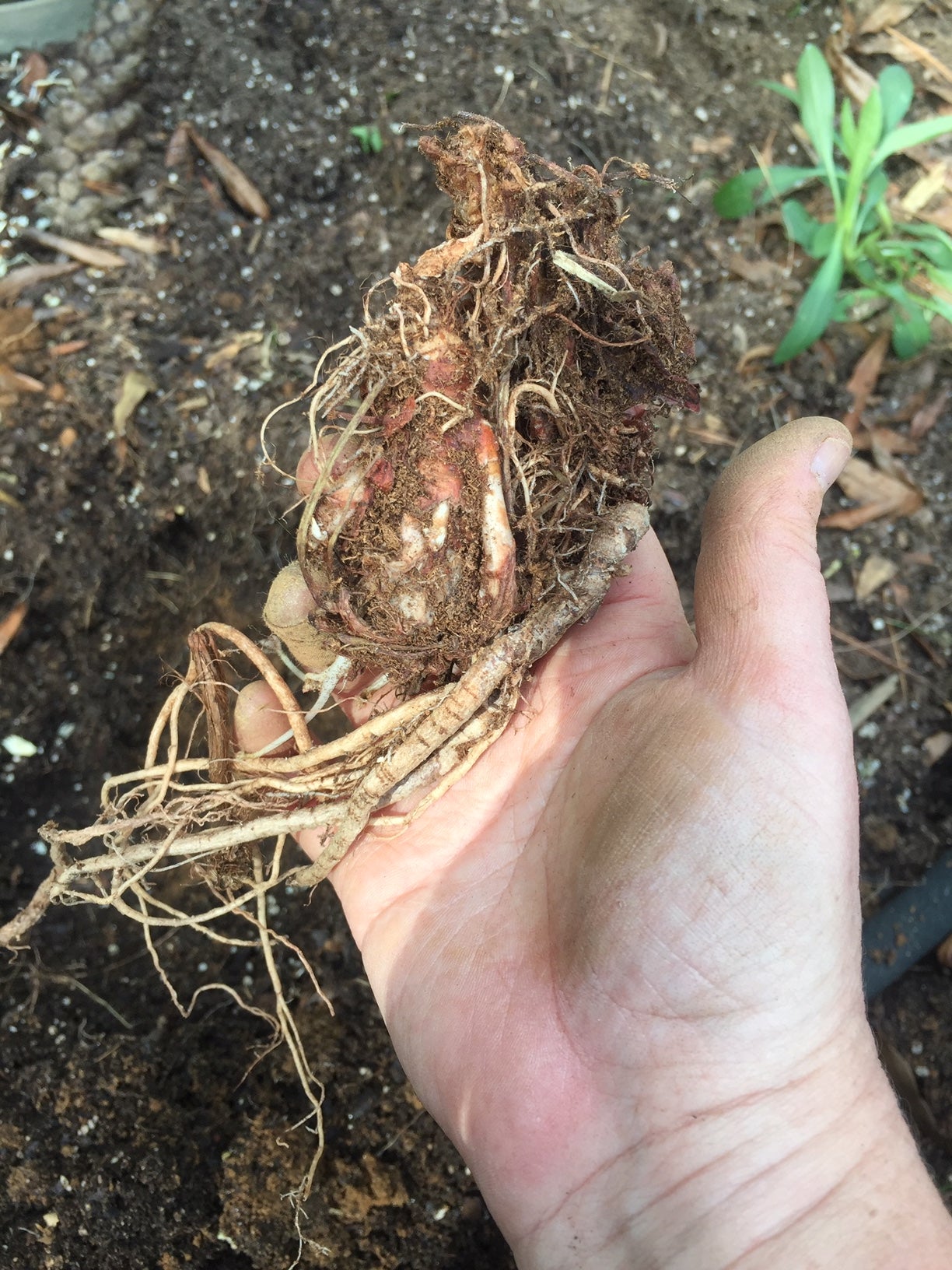Heuchera Bare Root Plants: Tips On Planting Bare Root Perennials

Amy Draiss

Many species of plants come to us as "bare root" specimens. You can purchase either Heuchera bare root plants or in-ground fully leafed plants. Mail-order plants are most often bare root due to the ease of shipping and preservation of the plant in transit. In most cases, bare root Heuchera care will be listed on the packaging, but there are a couple of key steps to take to ensure the roots take off and produce lovely coral bells.
How to Plant a Bare Root Heuchera
Heuchera is a shade to partial sun plant that is native to North America. There are many varieties from which to choose and the plants are almost unmatched to brighten up low light spaces. Collectors can find Heuchera in many different hues, from burgundy to coral, with many tones in between. When you receive Heuchera in the mail, you will often be presented with a plastic bag that has holes in it, a bit of sawdust and a wisp of root. This is normal, and while it appears you might have gotten a dead plant, this method of shipping will ensure healthy plants with just a few steps of basic bare root Heuchera care. Once your shipment has arrived, it is time to plant your Heuchera bare root plants. Check the roots carefully for any damage or mold. Before shipping, roots have been washed numerous times to remove any soil that might harbor pathogens and then dried lightly so they can be transported without rotting in their package.
Soak the Roots
Properly packaged roots can stay in their packaging for a week or more, but generally, planting bare root perennials immediately is the best practice to prevent the root from entirely drying out. One of the key steps to know about how to plant a bare root Heuchera is soaking. Soak the root for 12 to 18 hours to fully moisten and "wake up" the root prior to planting in soil. Soaked roots, free of disease and mold, are ready to plant. Choose a site that is shady to partially sunny and loosen soil to a depth of at least 18 inches (46 cm.). If necessary, add compost to add fertility to soil and increase porosity while conserving some moisture. Heuchera can tolerate dry soil but prefers to have slightly moist, humus rich medium. Dig a hole that will allow the roots to spread out and will be deep enough for the crown to sit just beneath the surface of the soil. If you are planting numerous roots, which makes a glorious display, space roots 12 to 15 inches (30 to 38 cm.) apart.
Bare Root Heuchera Care
After planting bare root perennials, water well initially but then give them a period of at least a week to dry out. Keep the planting zone moderately dry until you see the roots sprout. Once plants have sprouted, keep soil evenly moist, but not soggy, as the roots develop. Fertilizing is a disputed item. Some growers swear to mixing in a bit of bone meal into the hole prior to planting. In my experience, a rich organic soil is plenty of nutrition for a developing Heuchera. They can become leggy when confronted with excess nutrients. Every 2 to 3 years, it is best to divide the plants in fall when active growth is not taking place. Not only will this ensure beautiful Heuchera but you create new ones in the process, increasing your stock of these terrific foliage plants.
Sign up for the Gardening Know How newsletter today and receive a free copy of our e-book "How to Grow Delicious Tomatoes".

Bonnie Grant is a professional landscaper with a Certification in Urban Gardening. She has been gardening and writing for 15 years. A former professional chef, she has a passion for edible landscaping.
- Amy DraissDigital Community Manager